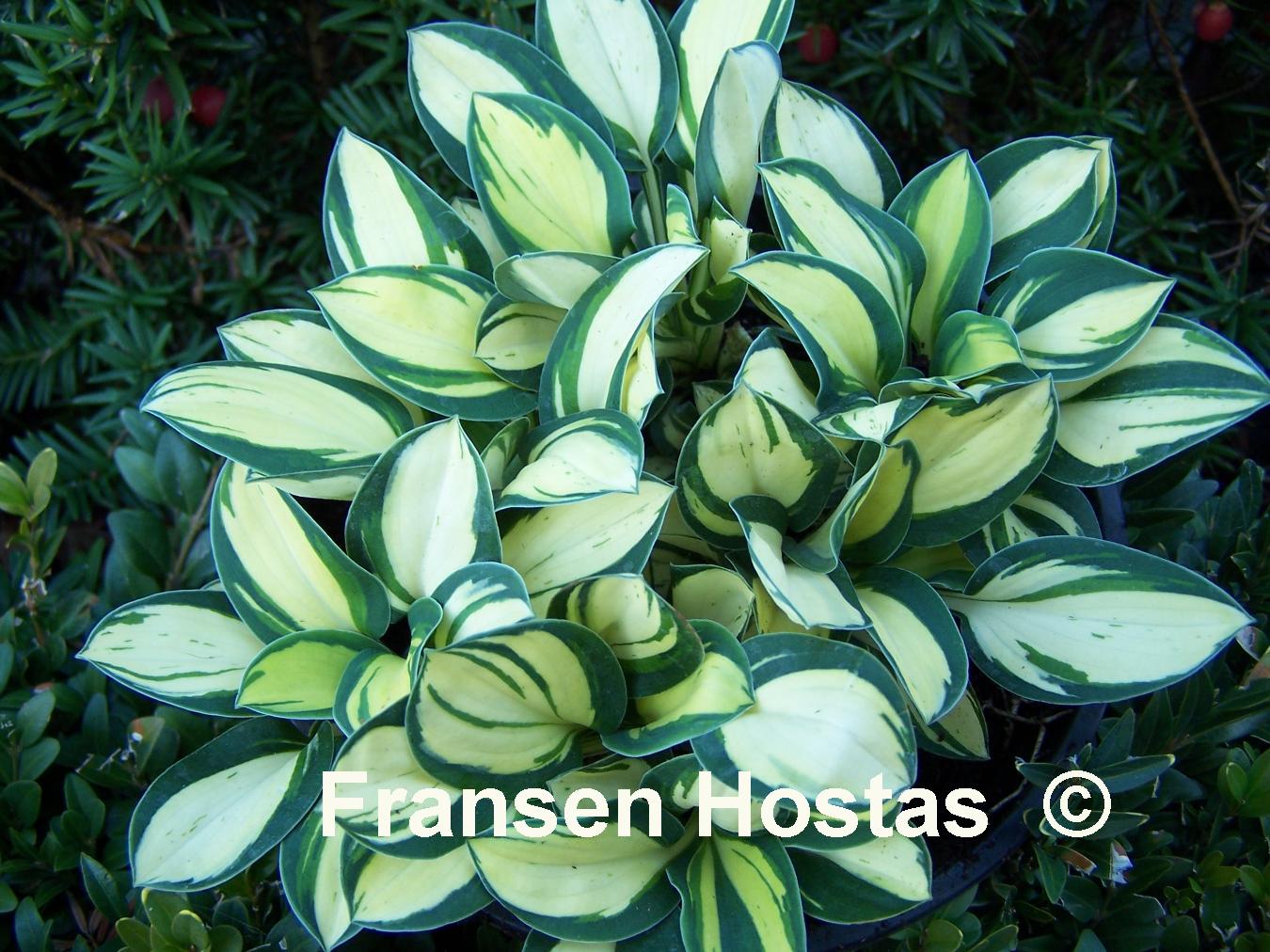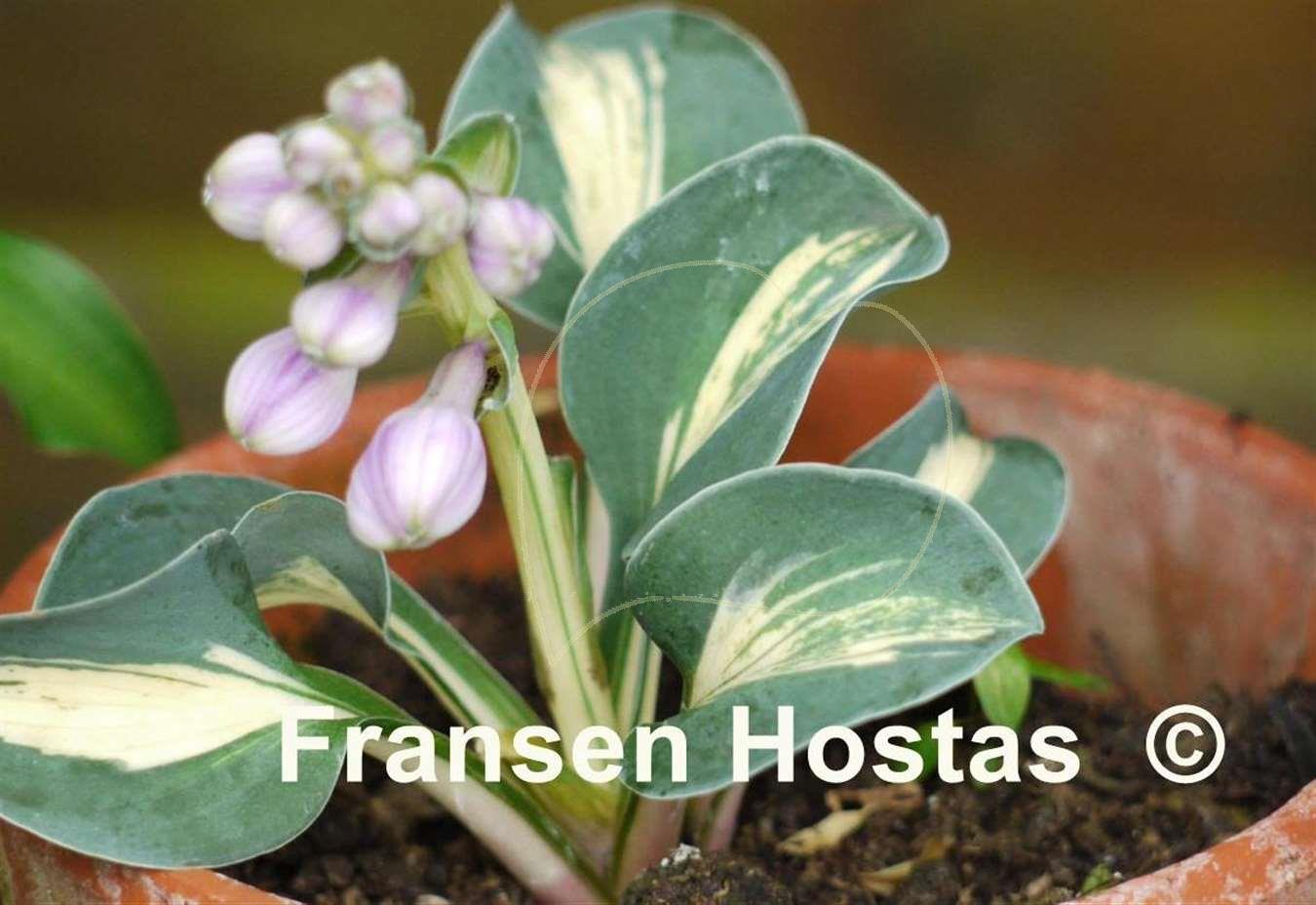Last week I talked about the colored patterns on leaves created for some evolutionary adaptive reason. This week I'll be talking about the freaks of the plant world, the strange variegated mutants that we humans love and keep around to add color and excitement to our gardens.
Chimeras
Imagine, for a moment, that you had to get a kidney transplant. Your kidneys are failing, so a good friend donates you her kidney. It is a medical miracle, you owe your friend everything, and you are now a chimera.
The word Chimera comes originally from Greek mythology, and refers to a monster killed by Bellerophon, (who, poor fellow, no one remembers anymore, though everyone knows his cool winged horse Pegasus) which had the head of a lion, body of a goat and tail of a snake. Since the original chimera is one animal made up pieces of lots of different animals, scientists now use the term to mean any single organism with genetically different sections of cells. Like a person with a kidney transplant. All of your body has your DNA, except the the cells in the donated kidney, which have the DNA of the friend who saved your life. You wouldn't, however, pass on your donor's DNA to your children. Kidney cells only make other kidney cells, not eggs or sperm. Unlike, say, if you had an ovary transplant in which case the children you bore would be genetically the children of the ovary donor, not you.We can become chimeras naturally as well. Imagine a developing embryo. It starts off as one single cell, which keeps dividing, and bit by bit different cells get designated to develop into your brain and skin and kidneys. If some mutation just so happened to happen in that cell that was going to become your kidney, that mutation would be in that kidney for the rest of your life, but not in the rest of your body. (For more on human chimeras, including an incredible story about a women who was not the genetic mother of her own son, check out this amazing (as always) episode of Radio Lab. Her story starts at about the 6 minute mark).
Plants, of course, are arrange a little differently, with new growth and organs coming from buds. But within the group of actively dividing cells in a plants' bud, the meristem, there are three (sometimes 2) layers of cells, called (very uncreatively) L1, L2, and L3. L1 is very outer layer of the plant, L3 the center, and L2 in between. Just as new kidney cells only come from other kidney cells in our body, new L1 cells come from other L1 cells. So, if there is a chance mutation interrupting normal chlorophyll production results in mutant white (or yellow) cells in, say, the L1 layer, you can get a plant which is a chimera – mutant albino L1 layer, but regular green for the other two.
You've seen this is hostas. Here's the cute miniature hosta, 'Blue Mouse Ears'
And here are some chimeral versions of the exact same plant. The only difference between these different varieties is which layer or layers are albino mutants:
So where do new variegated hostas come from? Well, in some cases, people just have to be patient and wait for a variegated mutant (aka sports) to pop up. But there is also a special trick that results in variegated plants that can pass on their variegation to the next generation.
Chloroplast mutants
Here is a cell.
Chloroplasts are where photosynthesis actually happens, what makes a plant green. They also, strangely enough, have a little of their own DNA. They actually essentially little cells within a cell, doing their own dividing, reproducing, and of course, mutating. Sometimes those mutations cause them to stop making chlorophyll, and become white.
Chloroplasts are where photosynthesis actually happens, what makes a plant green. They also, strangely enough, have a little of their own DNA. They actually essentially little cells within a cell, doing their own dividing, reproducing, and of course, mutating. Sometimes those mutations cause them to stop making chlorophyll, and become white.
As long as a cell has mostly green chloroplasts, all is well. The white ones just hang out, dividing occasionally, doing their thing. But when a cell divides into two new cells, the chloroplasts get split up between the daughter cells. And if the parent cell has some white and some green chloroplasts, just by chance, sometimes it will make cells with all green chloroplasts, sometimes all white chloroplasts, and sometimes a mix of the two types.
When this happens in a plant, it looks like what you see here in yet another variegated sport of the (apparently very mutation prone) hosta 'Blue Mouse Ears'
When this happens in a plant, it looks like what you see here in yet another variegated sport of the (apparently very mutation prone) hosta 'Blue Mouse Ears'
The white patches have all albino chloroplasts, while the green ones are either all green, or a mix of the two.
This type of variegation will often come true from seed, because as long as the individual cells that develop into the embryo in the seeds contain both green and white chloroplasts, the new seedling will show just the same streaky, blotchy variegated pattern.
Sometimes, though, just by chance, the cells with white chloroplasts end up isolated in one of the layers, and the green cells end up in the other layers – the irregular chloroplast mutant variegation becomes a tidy chimeral variegation. Nursery people refer to this as the variegation stabilizing. Hosta breeders make use of this all the time, using plants with unstable streaky variegation in their breeding programs to create seedlings which can stabilize into varieties with neat variegation on leaf margins or centers which they can then sell to you.
Transposons
Another, completely different way variegation can come about is through the so called jumping genes, transposons.
Genes are essentially little templates for making proteins. Proteins in cells can be incredibly complex, and act like little machines doing. They build stuff, take stuff apart, modify chemicals into other chemicals, and generally run the show. But transposons are genes that do something rather odd. Instead of making a protein that goes off and does something, the protein they make simply comes back, makes a copy of the gene that made it and sticks that copy somewhere else in the genome. Transposons are genes that can make copies of themselves, the chain letters of the genetics world.
Transposons are everywhere. In fact, almost half of the DNA in your body is actually transposons. They keep copying and copying and copying, filling up the genome. All those transposons jumping around can cause problems. As they move about the genome, they sometimes land in the middle of other genes, causing them not to work right anymore. It is like you opened your cook book to make brownies and the recipe read: “1 cup COPY ME flour COPY ME COPY ME 2 COPY ME cu COPY ME ps sug COPY ME ar.”And sometimes, the transposon moves in and out of a gene at different times in different cells as a flower or leaf develops. And then you can get this:
This poor morning glory has a transposon problem. The transposon keeps bouncing into the middle of a gene it needs to make the purple pigment for the flower. When it does, the gene stops working, so those cells are white. When the transposon moves out of the gene again, it starts working, and you get purple. Many striped flowers, and some striped leaves, are the lovely result of a poor plant with transposons moving about.
So next time you pick up a beautifully variegated plant, or admire the pattern of a striped flower, take a moment to appreciate that is happening. Two genetically different cell types living peacefully together, white and green chloroplasts getting shunted this way and that, or perhaps unruly transposons bouncing in and out of genes.
(Correction: In my original post, I described the plant as actively removing transposons from genes, which a friend who knows a LOT more about transposons corrected. Plants have no way to actively kick a transposon out of a gene, though there are various mechanisms by which transposons are inactivated so they stop moving around the genome.)
Have a question? Get a sciency answer! Just e-mail me: engeizuki at gmail dot com
(Correction: In my original post, I described the plant as actively removing transposons from genes, which a friend who knows a LOT more about transposons corrected. Plants have no way to actively kick a transposon out of a gene, though there are various mechanisms by which transposons are inactivated so they stop moving around the genome.)
Have a question? Get a sciency answer! Just e-mail me: engeizuki at gmail dot com

















